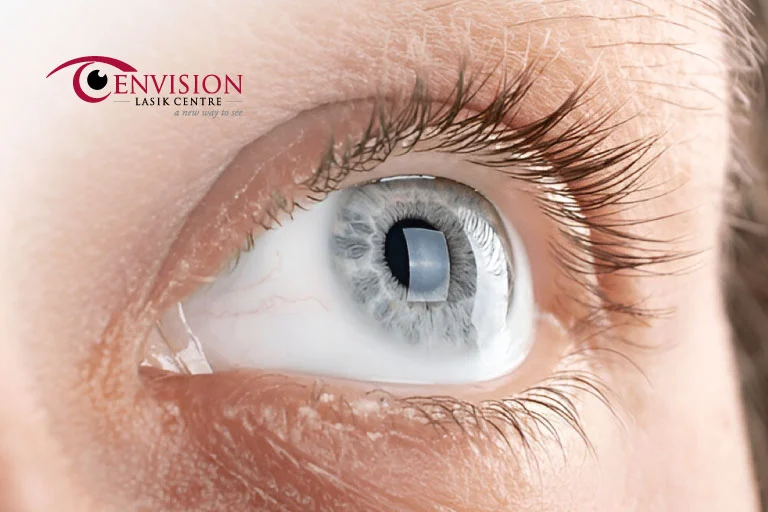Is Keratoconus the Same as Corneal Dystrophy?

AUTHOR
Ophthalmologist/ Eye Surgeon 13+ Years Exp
MBBS, MS – Ophthalmology
TSMC- TSMC/FMR/05251 (2018)
CONDITION
CALL US 24/7 FOR ANY HELP
GET IN TOUCH ON
If you’ve been researching eye conditions, you might have come across the terms “keratoconus” and “corneal dystrophy.” They can sound confusingly similar, and you may even wonder, “Are they the same thing?” Spoiler alert: they’re not. However, they do share some similarities, and that’s where the overlap can create questions.
This is your ultimate guide to understanding both conditions. By the time you finish reading, you’ll know the key differences, why they matter, and how to take care of your eyes if you’re dealing with either. Sounds good? Great! Let’s jump into it.
What Is Keratoconus?
Let’s start with keratoconus. This is a condition where the cornea becomes thinner and bulges into a cone shape. Normally, your cornea helps focus light into your eye. But when it’s irregular like in keratoconus, your vision can become blurry, distorted, or even double.
It usually starts in your teen years or twenties and can slowly get worse for a decade or so before stabilizing. Here are the highlights about keratoconus to keep in mind:
- Causes
The exact cause is still unclear, but genetics, environmental triggers like excessive eye rubbing, and underlying conditions like allergies can increase your risk. - Symptoms
Blurry or distorted vision, sensitivity to light, difficulty with night driving, and the need for frequent prescription changes. - Treatment
Treatments range from specialized contact lenses to a procedure called corneal cross-linking, which strengthens the cornea to stop progression.
What is Corneal Dystrophy?
Now, corneal dystrophies are entirely different beasts. These are a group of genetic conditions that lead to abnormal material building up in the cornea. There are several types of corneal dystrophies, each affecting a different layer of the cornea. For some people, these conditions can stay mild and hardly noticeable, while others may experience more severe vision issues.
Here’s the quick lowdown on corneal dystrophy:
- Causes
Corneal dystrophies are almost always inherited, passed down from one or both parents. There’s no environmental trigger like in keratoconus. - Symptoms
It depends on the type of dystrophy, but symptoms can include cloudy or hazy vision, glare, and sensitivity to light. Some people may even have recurrent corneal erosions, which cause pain and discomfort when the corneal surface is damaged. - Treatment
Treatment options vary based on the severity. Mild cases might just need eye drops, while more advanced cases could require corneal transplant surgery.
⇒Common Types of Corneal Dystrophy
Just to confuse matters a little, there are multiple types of corneal dystrophies, such as Fuchs’ dystrophy (affecting the innermost layer of the cornea) and granular dystrophy (which creates cloudy spots). None of these resemble keratoconus, but they still affect the cornea, which is where people tend to confuse the two conditions.
Are Keratoconus and Corneal Dystrophy Connected?
While keratoconus and corneal dystrophy both affect the cornea, they’re entirely different conditions. The similarities stop at the surface (quite literally):
- Different Causes
Keratoconus is often influenced by both genetic and environmental factors, like eye rubbing and allergies. Corneal dystrophy, however, is almost purely genetic, passed down through families. - Different Onsets
Keratoconus usually starts showing up in teens or young adults. Corneal dystrophies, on the other hand, can appear at different life stages depending on the type, and some might not even show significant symptoms until later in life. - Tissue Changes
Keratoconus involves the cornea thinning and bulging outward, forming a cone shape. Corneal dystrophy is characterized by deposits forming in the cornea, which can lead to cloudiness or opaqueness. - Progression
Keratoconus tends to progressively worsen unless treated. Corneal dystrophies, on the other hand, can stabilize or progress very slowly, depending on the type.
By understanding these distinctions, you can see how keratoconus and corneal dystrophy are unique challenges that require different types of care.
What If You’re Not Sure What You Have?
It can be tricky to figure out what’s causing your symptoms on your own. Both conditions can cause similar complaints like blurry vision or light sensitivity, which is why an in-depth eye exam is so important.
An eye doctor might use tests like corneal topography (to measure corneal shape) or slit-lamp exams (to inspect the layers of the cornea) to make an accurate diagnosis.
Managing Your Eye Health
Whether you’re dealing with keratoconus, corneal dystrophy, or another corneal condition, there are steps you can take to protect your vision. Here’s a quick checklist:
1. Regular Eye Exams
This one’s non-negotiable. See your eye doctor regularly, even if your vision feels fine. Conditions like keratoconus and corneal dystrophy can be subtle in the early stages but easier to manage if caught early.
2. Ask About Your Family History
If keratoconus or corneal dystrophy runs in your family, make your doctor aware. Knowing your genetic predisposition can help them keep a closer eye on early warning signs.
3. Be Kind to Your Eyes
- If you have allergies, treat them to avoid excessive eye rubbing.
- Wear sunglasses to protect your corneas from harmful UV rays.
- Make sure your workspaces are free from irritants like dry air or dust.
4. Understand Your Treatment Options
For keratoconus, staying informed about specialized contact lenses, corneal cross-linking, and even surgical options can make a huge difference. For corneal dystrophy, treatments range from symptom management with lubricating eye drops to surgery in advanced cases.
5. Stay Educated
Conditions like these can feel overwhelming, but the more you know, the more confident you’ll be in tackling them.
Taking Action
If you’re dealing with blurry vision, sensitivity to light, or other symptoms, don’t ignore them. Even if you’re not sure whether it’s keratoconus, corneal dystrophy, or something entirely different, the best thing you can do is consult a specialist.
Here’s your call to action:
Schedule an eye exam today, especially if you’ve noticed changes in your vision or if you have a family history of corneal conditions.
Early diagnosis and treatment are crucial for protecting your vision and ensuring you’re equipped with the best tools to care for your eyes.
Your eyes are your window to the world. Treat them right, and they’ll keep you seeing clearly for years to come.
Get expert keratoconus treatment in Hyderabad at Envision Lasik Centre. Book your eye exam today and safeguard your vision.
AUTHOR
Ophthalmologist/ Eye Surgeon 13+ Years Exp
MBBS, MS – Ophthalmology
TSMC- TSMC/FMR/05251 (2018)
CONDITION
CALL US 24/7 FOR ANY HELP
GET IN TOUCH ON



